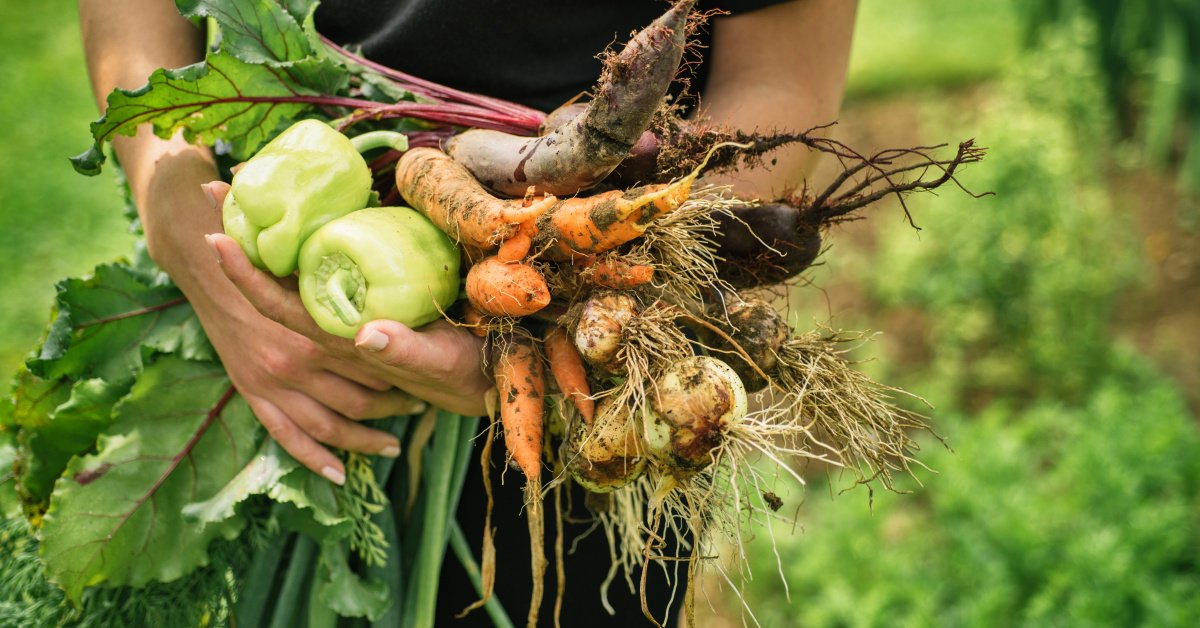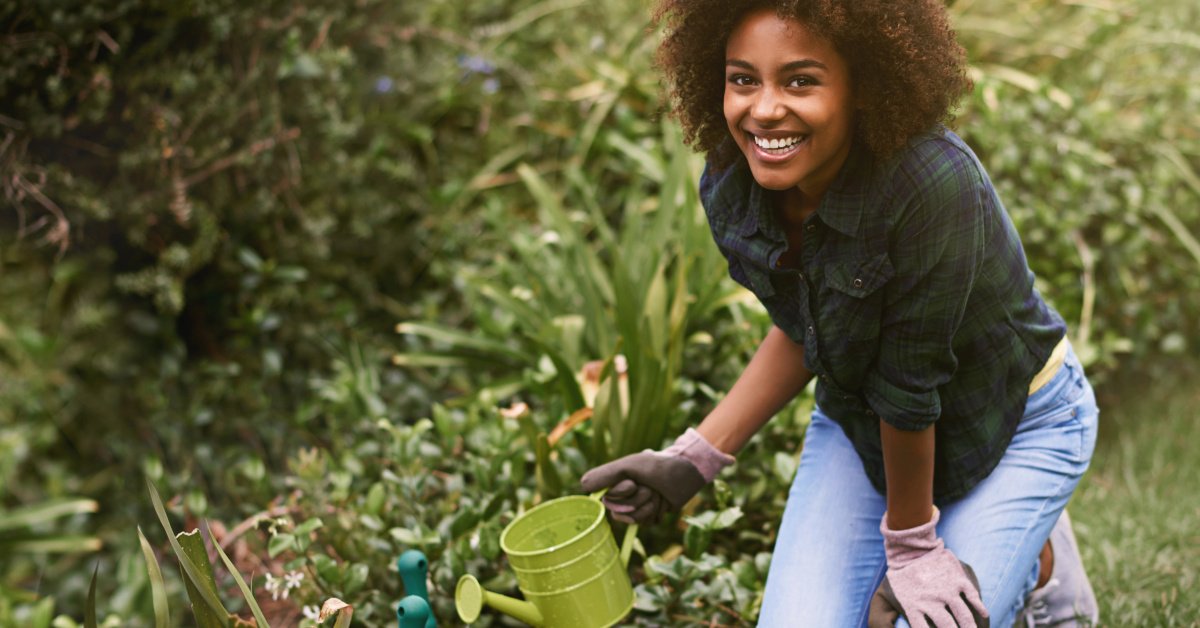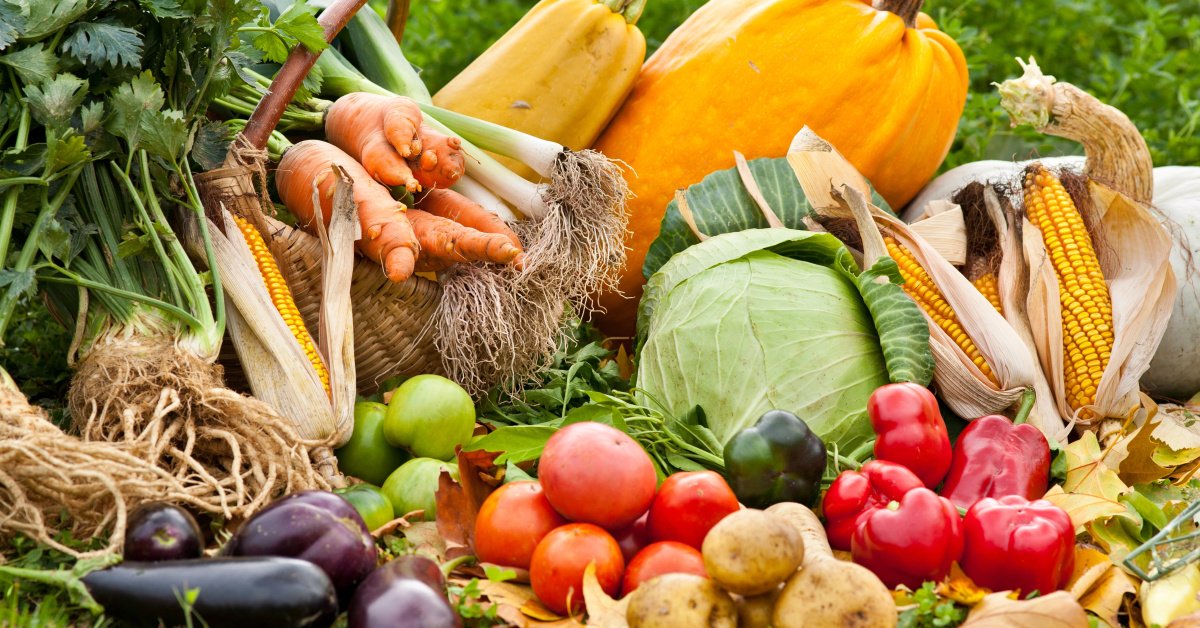I’ve always loved gardening, but what really excites me is creating a space that supports nature’s little helpers—beneficial insects. These tiny creatures play a huge role in keeping our gardens healthy by pollinating flowers and controlling pests naturally. Growing the right plants can make your garden a welcoming haven for them.
When I started planting with beneficial insects in mind, I noticed my garden became more vibrant and balanced. It’s amazing how a few thoughtful choices can attract bees, ladybugs, and lacewings that do so much good. If you’re curious about how to grow plants that invite these helpful insects, you’re in the right place.
The Importance of Growing Plants for Beneficial Insects
Growing plants that attract beneficial insects transforms backyard gardening. It strengthens natural pest control and boosts pollination, creating a thriving garden and a healthier food supply.
Understanding Beneficial Insects and Their Roles
Beneficial insects include pollinators like bees and butterflies, and predators like ladybugs, lacewings, and parasitic wasps. Pollinators increase fruit and vegetable yields by transferring pollen between flowers. Predators reduce harmful pests such as aphids and caterpillars by feeding on them. Knowing these roles helps me pick the right plants that encourage their presence. For example, dill and fennel attract ladybugs, while coneflowers call in bees.
How Plants Support Beneficial Insect Populations
Plants provide food and shelter necessary for beneficial insects. Nectar-rich flowers offer energy, while foliage supplies habitat for laying eggs or hiding from predators. Using native plants like goldenrod and milkweed supports local beneficial species better than exotic alternatives. I always include a variety of blooming plants across seasons to keep insects around year-round. Grouping plants in clusters also makes it easier for insects to find resources, boosting their impact on my garden’s health.
Best Plants to Grow for Attracting Beneficial Insects
Choosing the right plants boosts the presence of beneficial insects, improving pollination and natural pest control. I focus on flowers that offer nectar and pollen, plus plants that provide shelter to keep these helpful insects close.
Flowers That Provide Nectar and Pollen
I plant varieties like coneflowers, black-eyed Susans, and lavender because they produce abundant nectar and pollen. These flowers supply essential food for bees, butterflies, and hoverflies. Including asters, sunflowers, and goldenrod extends blooms into late summer and fall, supporting insects throughout the growing season. I cluster these plants in sunny spots, which makes it easier for pollinators to find nourishment efficiently.
Plants That Serve as Habitats and Shelter
I rely on plants such as dill, fennel, and yarrow to create shelter and breeding grounds for predatory insects like ladybugs and lacewings. These plants offer protective leaves and stems, giving insects a safe place to lay eggs and hide from predators. Grasses and shrubs also provide cover for spiders and ground beetles, essential allies in controlling garden pests. Maintaining a mix of these plants ensures beneficial insects stay in your backyard, helping your garden thrive naturally.
Designing a Garden with Beneficial Insects in Mind
Creating a backyard garden that supports beneficial insects takes planning. I focus on designing a space that promotes a balanced ecosystem while producing healthy, homegrown food.
Planting Strategies for Maximum Impact
I plant in clusters, grouping flowers like coneflowers and black-eyed Susans together to make nectar and pollen easy to find. I stagger bloom times by mixing asters, sunflowers, and goldenrod to attract insects all season long. I also include herbs like dill and fennel as shelter and breeding grounds for predators such as ladybugs and lacewings. Providing continuous blooms and cover encourages beneficial insects to stick around and work their magic.
Companion Planting and Crop Diversity
I pair plants that support each other, such as tomatoes with basil or cucumbers with nasturtiums, which helps keep pests down naturally. I rotate crops yearly and include a range of flowers, herbs, and vegetables to maintain diversity. Diverse plantings confuse pests and create varied habitats for predators and pollinators alike. By combining companion planting with crop diversity, I optimize pest control and improve overall garden health, ensuring a better harvest of nutritious, homegrown food.
Caring for Your Beneficial Insect Garden
A thriving beneficial insect garden demands attention beyond planting. I tend mine with care that supports both plant health and insect populations.
Maintaining Plant Health Without Harmful Chemicals
I avoid synthetic pesticides and herbicides because they harm beneficial insects like ladybugs and bees. Instead, I use natural methods like hand-picking pests or spraying plants with a mild soap solution. I add compost regularly to boost soil health, which strengthens plants against pests and diseases. Crop rotation and companion planting also reduce pest buildup. Keeping plants healthy means they resist damage better, giving beneficial insects a safe and abundant environment.
Seasonal Tips for Sustaining Insect Populations
I adjust my care throughout the year to keep beneficial insects around. In early spring, I plant early-blooming natives that feed pollinators emerging from hibernation. During summer, I deadhead spent flowers to encourage continuous blooms, extending nectar availability. In fall, I leave some seed heads and foliage standing to provide food and shelter as insects prepare for colder months. Mulching helps protect overwintering insects in the soil. By following these seasonal steps, my backyard garden stays inviting to beneficial insects year-round.
Conclusion
Creating a garden that supports beneficial insects has truly changed how I experience gardening. It’s rewarding to see these helpful creatures thrive while my plants flourish naturally.
By inviting pollinators and predators into the garden, I’ve found a balance that reduces pests without harsh chemicals. It’s a simple way to make a positive impact on the environment right in my own backyard.
If you’re thinking about trying this, start small and enjoy watching nature work its magic. Your garden—and those tiny helpers—will thank you.



